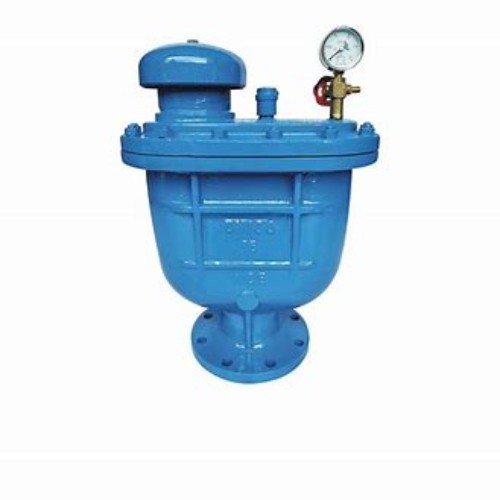Exploring Different Types of Industrial Pipe Fittings for Diverse Applications and Efficiency
Understanding Industrial Pipe Fittings A Comprehensive Overview
In the realm of industrial applications, pipe fittings play a crucial role in ensuring the efficient transport of fluids and gases through pipelines. Whether in oil and gas, water treatment, or chemical manufacturing, these components are essential for maintaining system integrity and safety. This article delves into the various types of industrial pipe fittings, their materials, applications, and the configuration options available.
Types of Industrial Pipe Fittings
Industrial pipe fittings come in an assortment of types, each designed for specific functions within a piping system. The most common types include
1. Elbows Used to change the direction of flow, elbows come in various angles, with 90-degree and 45-degree being the most prevalent. They help navigate pipes around obstacles and maintain an efficient flow.
2. Tees Tee fittings allow for branching off a main pipeline. They come in equal tees, where the branches are the same diameter as the mainline, and reducing tees, which have a smaller branch diameter.
3. Reducers These fittings are used to connect pipes of different diameters. They help reduce the size of the flow, optimizing the pressure and velocity of the fluid traveling through the pipe.
4. Caps and Plugs Caps cover the ends of pipes, while plugs fill the openings. Both are vital for preventing leaks and maintaining system integrity during maintenance or natural occurrences.
5. Flanges Flanged fittings are used for connecting pipes, valves, and other equipment. They allow for easy assembly and disassembly and come in various standards.
6. Couplings These connectors join two pipes of the same diameter, providing straight flow in the pipeline. They can be threaded or slip-on, depending on the installation requirements.
Materials Used in Pipe Fittings
The choice of materials for pipe fittings is as diverse as the types themselves. Common materials include
- Carbon Steel Known for its strength and durability, carbon steel is widely used in high-stress environments, such as oil and gas pipelines.
- Stainless Steel This material provides excellent resistance to corrosion, making stainless steel fittings ideal for chemical handling and food processing
.industrial pipe fittings

- PVC and CPVC These plastic fittings are lightweight, corrosion-resistant, and easy to install, making them suitable for water distribution and treatment.
- Copper Often used in plumbing and heating applications, copper fittings offer excellent thermal conductivity and reliability.
The selection of material depends heavily on factors such as temperature, pressure, and the nature of the fluid being transported.
Applications of Industrial Pipe Fittings
Industrial pipe fittings find applications across various sectors, including
- Oil and Gas Essential for the exploration and transportation of hydrocarbons, pipe fittings help manage the complex networks of pipelines necessary in this industry.
- Water Treatment In waste and drinking water systems, fittings ensure the efficient flow of water through treatment facilities, contributing to public health and safety.
- Chemical Manufacturing Pipe fittings are critical for controlling the flow of corrosive substances, ensuring containment and safety in chemical processing plants.
- HVAC Systems In heating, ventilation, and air conditioning systems, fittings help regulate airflow and temperature, ensuring comfort in residential and commercial buildings.
Configuration Options
When selecting pipe fittings, it is essential to consider not only the type and material but also the configuration. Different configurations can impact the efficiency of the piping system. Factors like pressure drop, fluid velocity, and turbulence must be assessed to optimize performance.
Conclusion
In conclusion, industrial pipe fittings are vital components that help maintain the functionality and reliability of various piping systems. The diversity in types, materials, and applications ensures that there is a fitting designed for nearly every industrial need. As industries evolve and new materials emerge, the importance of understanding and selecting the right fittings increases, ultimately contributing to safer and more efficient operations. Whether working in oil and gas, water treatment, or manufacturing, knowledge of pipe fittings is essential for anyone involved in industrial applications.
-
Breakthrough in Domestic Low Temperature Valve Technology in ChinaNewsAug.18,2025
-
From Machinery to Intelligent Brain: The Digital Transformation Wave of the Valve IndustryNewsAug.18,2025
-
PCVEXPO 2025NewsAug.18,2025
-
The Key to Fluid Control: Exploring the Advantages of Ball Valves in Industrial SystemsNewsJul.09,2025
-
The Versatile World of 1, 2, and 3 Piece Ball ValvesNewsJul.09,2025
-
Stainless Steel Ball Valves: The Ideal Choice for Efficient Flow ControlNewsJul.09,2025
-
Optimizing Fluid Control with Ball Float ValvesNewsJul.09,2025




